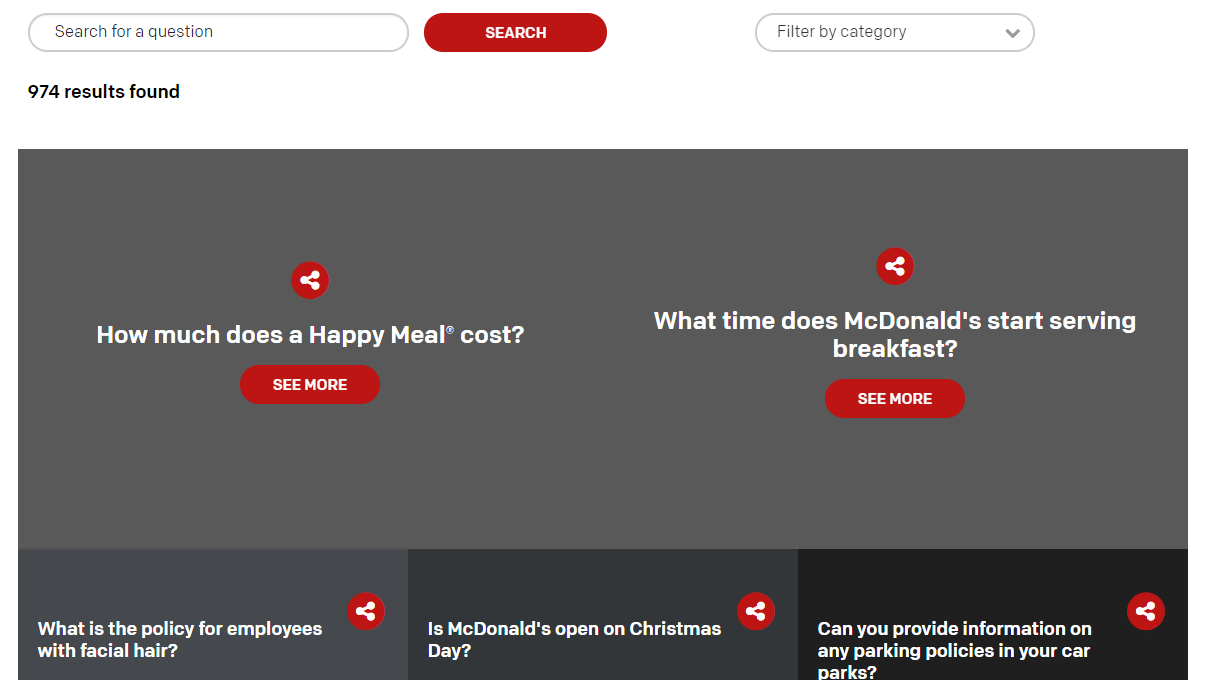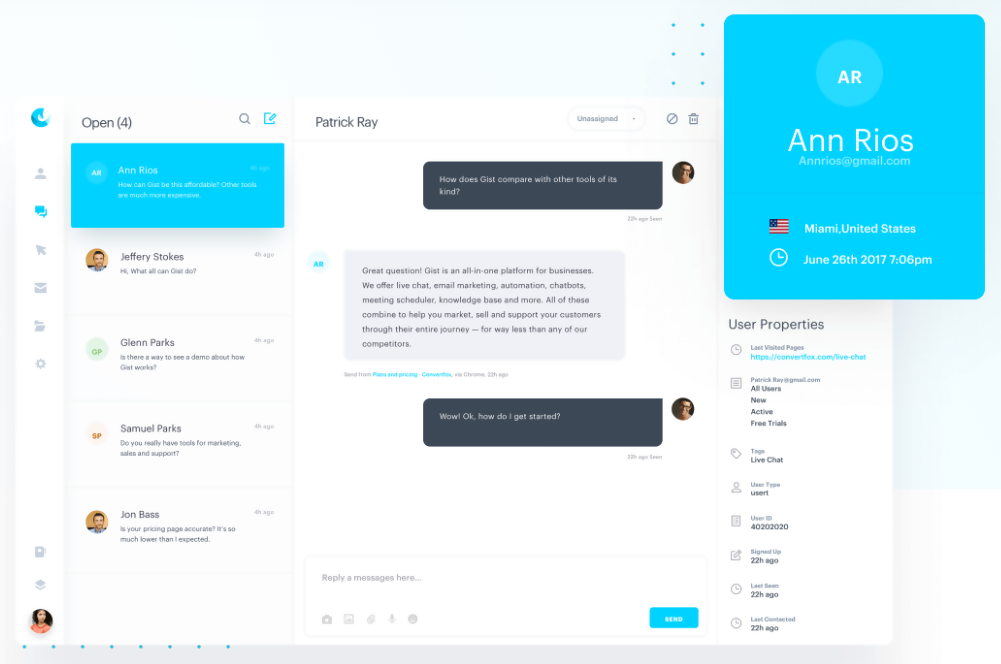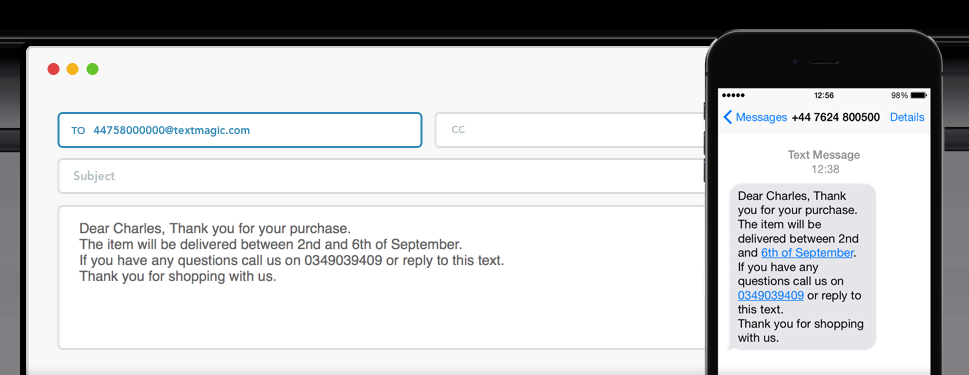The Importance of Self-Service
Self-service has become an invaluable tool for businesses that customers want to use.
A recent survey found that 75% of customers want the convenience of a self-serve option, and 67% say they prefer a self-serve option to speaking with a live rep.
Another reason is that people want 24/7 access to a business or service.
A self-serve option makes this around the clock access possible, without the costs of having customer service agents online at all hours.
What is Self-Service?
Self-service gives customers the tools and information to buy, use and troubleshoot your goods or services without your help.
Great self-services engage customers by assisting their needs, rather than simply cutting them loose to fend for themselves.
Why You Need Self-Service
A study conducted by Tillster found that 65% of customers would visit a restaurant more often if more self-service kiosks were available.
Also, 30% of customers preferred to place their order using a self-service kiosk versus a cashier.
Why?
The answer is simple—speed and convenience.
Customers do not want to wait in line, and they see self-service as an easier option, free to make and change purchase decisions without any time restriction or social pressure, without waiting for staff to be available.
The 5 Self-Service Tools Every Business Needs:
There are several self-service tools a business can use.
While each one fills a specific role, the end goal is always customer engagement, and achieving this will take some fine-tuning to meet your audience’s needs and expectations.
1 FAQ
Customers will always have questions about the goods and services you offer.
From the basics of what you do and how your products work, to the social and environmental impact of your business.
A Frequently Asked Questions page lets users learn more about your business and answer these questions without needing to contact you.
Characteristics of a great FAQ page:
1) On Target:
Know what vital questions the FAQ needs to answer.
They should be actual questions which are frequently asked, don’t bloat the page with useless data nobody is looking for.
While your FAQ should show your business in a positive light as much as any other page, users will be quick to spot attempts to slip marketing into an FAQ, and this may appear deceptive.
2) Organized
Questions and answers should follow a logical progression.
In other words, introduce questions and answers in the order you would talk about those topics when explaining your business for the first time.
Open with the basic questions a visitor might have about who you are and what you do, before addressing the specifics of your services and policies.
3) Searchable
Any FAQ page should have a searchable index built-in.
Some businesses, such as McDonald’s, display their FAQ dynamically based on the most popular search terms, increasing the chances users find their answer without even having to search:

4) Customer-Centric:
FAQ pages should be written for the customer in a way that provides value.
Give full and detailed answers to the questions visitors need answers to, using language anyone can understand without prior knowledge of your business or industry.
2 Messaging Apps
Messaging apps are an increasingly popular method of contacting businesses, and many organizations now expect to support multiple messaging apps.
Each has its strengths and weaknesses, and different demographics will have their favorites.
Creating audience personas will help you decide which platforms you should focus your efforts on.
1) WhatsApp
WhatsApp has some excellent, business-friendly tools, such as cross-platform chatting.
This cuts down on the number of messaging platforms that a business will need.
It also has voice chat, voice messaging, image sharing, and text messaging capabilities.
2) Facebook
While Facebook Messenger is lacking in advanced features, the sheer number of users on this platform makes it impossible to ignore.
1.3 billion people use Facebook Messenger.
Home Shopping Network saw a 30% increase in returns on ads that clicked to Messenger than ads that clicked to their website.
3) Chatbots
Chatbots mimic human communication by responding to keywords and sentences, able to answer simple questions or perform tasks like book appointments or update orders.
Make up giant Sephora gained 4 million users as a result of its decision to use chatbots.
There are two kinds of chatbot:
Simple Chatbots:
These chatbots work by scanning for keywords, and selecting a response from a prewritten script.
These are great for assisting navigation around your site and providing extra information and help on key subjects.
Smart Chatbots:
These chatbots use AI to extrapolate what customers are saying, and even anticipate their needs, including offering advice and suggestions.
AI-driven chatbots can offer users more in-depth guidance on your products and services.
They can be more natural to interact with than keyword-driven chatbots, which are unable to interpret complex questions or requests.
3 Live Chats

Chatbots are often most effective when used to support live chat agents.
For example, GistBot can book meetings and conversations with live agents, and qualify leads to help sales teams connect with the most promising leads.
4 Blogs and Educational Content
An excellent way to establish your expertise and authority is to have an informative how-to blog to give customers useful information and advice about your area of expertise.
This will help undecided or uninformed readers gain the understanding and confidence to purchase, while simultaneously increasing their trust in your business and services.
Perhaps the best example of this is Neil Patel’s digital marketing blog .
If you’ve performed a basic Google search on SEO and marketing, you have more than likely heard that name before.
Through a consistent output of high-value articles on his chosen topic, Patel’s name has become almost synonymous with the industry. A clear demonstration of the power of educational blogging for businesses.
5 Text Messaging

Bulk SMS is an extremely versatile tool for offering self-service options.
In addition to letting your agents and chatbots talk to customers, text messages are a great way to deliver exclusive discounts and early alerts for sales and new products.
Scheduled SMS reminders for appointments and bookings are also useful, offering a way to receive and check appointment times while on the move.
Conclusion
In the end, self-service is about meeting customer demands.
Self-service is a convenient and often preferred way for a size-able customer segment to engage with a business.
This is what customers want, and that sentiment is growing.
With the overall increase in automation and self-service, today’s consumer expects to be able to handle almost every interaction at their convenience, without waiting on you or your staff.
Meeting this need requires anticipating customers’ intention and providing them with the right tools to tackle it.